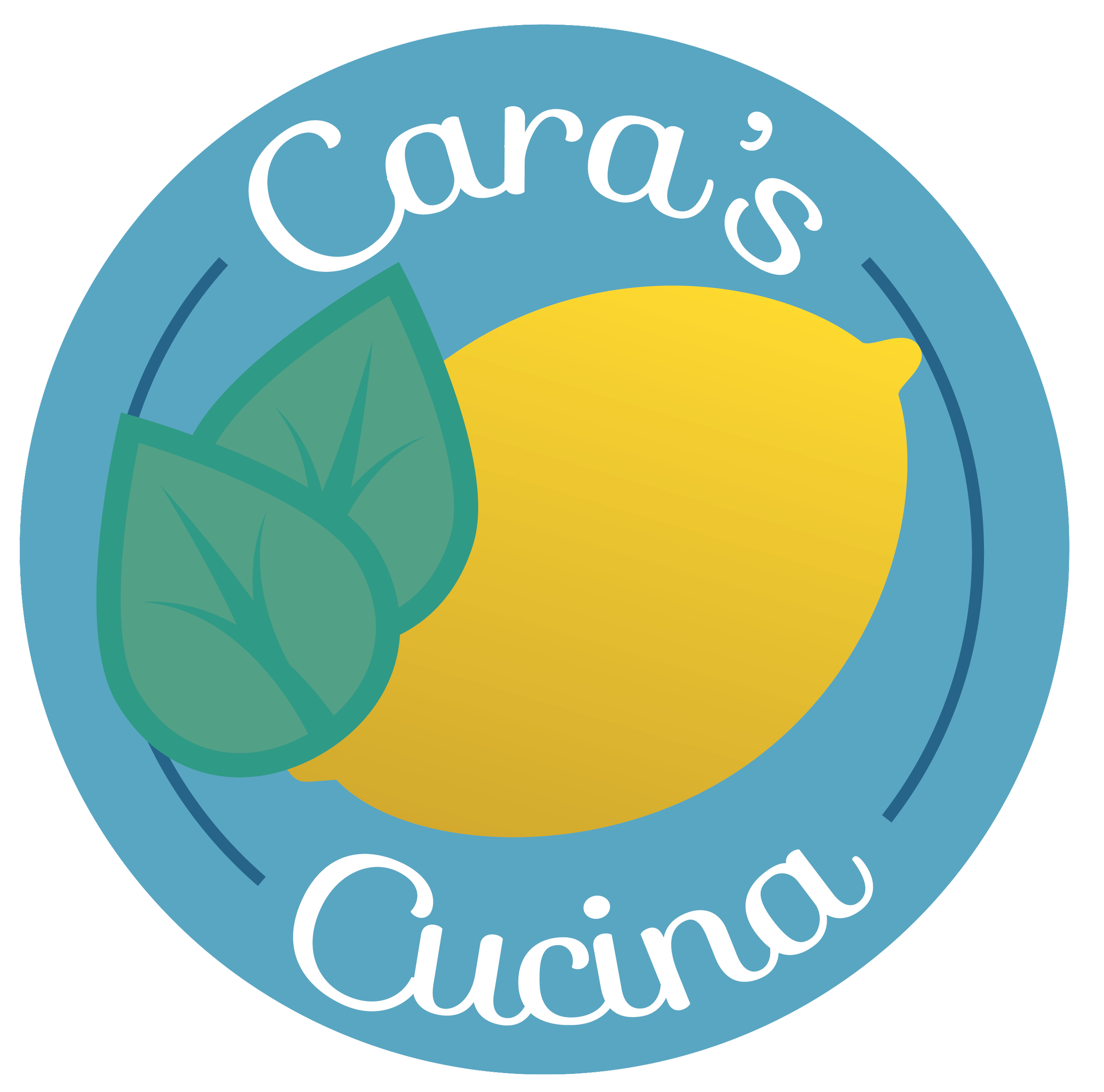Pasta Alla Griccia
This classic Roman dish is among the ranks of Pasta Caccio Peppe and Pasta Carbonara. Though possibly less popular here in the States as the star ingredient, guanciale, can be difficult to find. If you run into that problem, pancetta (Italian bacon) or a good quality American bacon can be substituted for delicious, albeit less traditional, results.
Guanciale is cured pork cheek. Italians are notorious for making good use of all sources of food. Not much goes to waste. So while Americans might find the idea of pork cheek a little uneasy - it's standard fare in most Italian butcher shops.
Whatever meat you choose - the ease of this dish is undeniable. Three simple ingredients come together to form a silky smooth sauce and a hearty cold weather meal. The key to bringing the dish together is the pasta water. In general - you never want to dump all of you pasta water. A multi-pot makes it dramatically easier to keep the precious liquid; which can be used to fix many a kitchen mistake.
This dish is easy enough for a weeknight - and unique enough to serve as part of a holiday meal. I hope you enjoy it in both capacities.
Buon Appetito!
Pasta Alla Griccia
Serves 6
1 lb. rigatoni
8 oz. guanciale*, diced
2 c. pecorino romano cheese
black pepper
Tools:
multi-pot
deep saute' pan
slotted spoon
ladle
Place a deep saute' pan over medium heat. Cook guanciale until the fat has rendered out and the meat is golden brown, about 10 minutes.
Use a slotted spoon to remove the guanciale from the pan. Set it aside. Leave the rendered fat in the saute' pan, but remove it from the heat for now.
Bring a large multi-pot of salted water to a rolling boil. Cook pasta for about 5-6 minutes. It should be VERY al dente. While the pasta cooks, place the rendered fat back over low heat.
Slowly ladle in some of the cooking water, stirring until the fat and water start to come together.
Drain the pasta and add it to the pan with the fat. Add more pasta water, enough to almost cover the pasta. Bring it to a boil and continue cooking and stirring until the sauce has reduced and has begun to stick to the pasta, about 2 more minutes.
Add in a handful or 2 (or about 1/2 c.) of the pecorino romano cheese. Continue cooking and stirring the pasta. As the cheese melts into the sauce, it should become shiny and cling even more to the pasta. Add more cheese if needed. Cook another 2 minutes.
Remove the pan from the heat and stir the cooked guanciale back into the dish. Season with black pepper. Serve hot topped with an extra sprinkle of pecorino cheese.
*If you use pancetta or bacon, you'll render out less fat so you may need to use more water.



